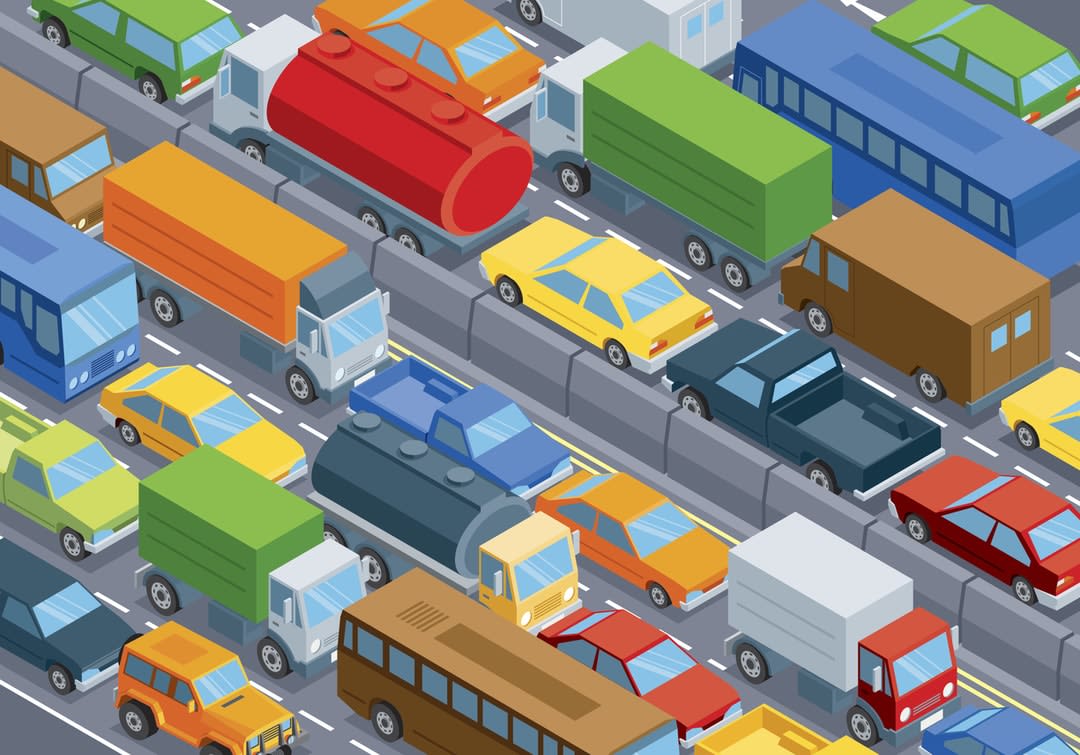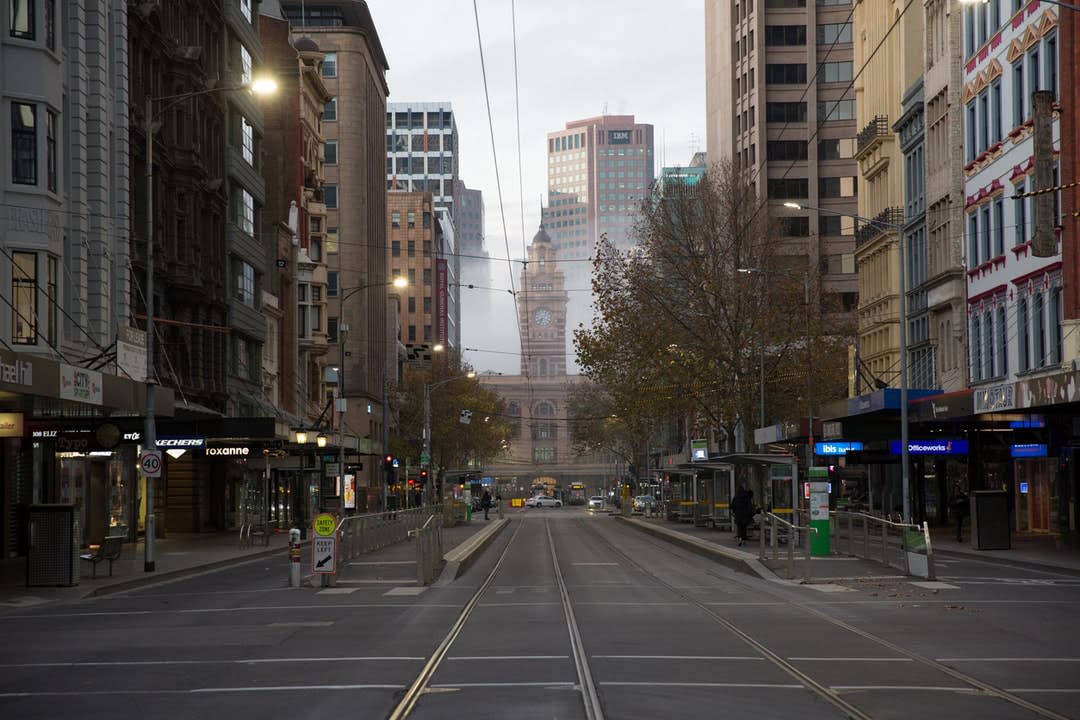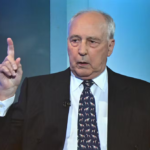Near-empty buses, trains and trams have been with us since social distancing became part of the vernacular in late March.
Since the pandemic hit Victoria, public transport expert Professor Graham Currie has been examining whether the $57 billion the state has allocated to transport infrastructure still needs to be spent.
His latest piece of research is a survey of more than 2000 Melbourne citizens from the outer, middle and inner suburbs, representing a range of ages and socioeconomic groups.
The survey shows “some evidence of a small shift away from public transport even after the virus has gone”, he says. He expects this will be in the 10 to 20% range, with people driving instead, although a modest increase in cycling is also forecast.
During the first shutdown, survey results showed that safety at night was the leading concern for public transport users. But during the second shutdown, the possibility of infection was top of the list – contributing to the predicted rise in future car use.
“So that’s not a very useful outcome for the future of Melbourne, because we have already got too many cars,” says Professor Currie. But he also says that the forecast growth in driving might be reversed when traffic gets back to normal because of road congestion.
“If these numbers are correct, we’re going to see an awful lot of gridlock, and this idea that it’s better to travel by car could go away.”

If the move away from public transport immediately post-COVID does become permanent, he says population growth within five to 10 years would put ridership demand back on public transport anyway. And that means the extra rail lines and other infrastructure projects in the pipeline will still need to be built, because by the time they’re ready, immigration will have grown again, boosting demand.
Projects on the drawing board include the Suburban Rail Loop, the Melbourne Airport Rail Link, and the level-crossing removal program.
“We’re building the metro for a hundred years, and it’s going to take us 20 years before it’s ready,” he says. “None of the big mega-projects will be ready in five years.
“We expect that Melbourne’s meteoric population growth will continue post-COVD, and actually we expect it to increase,” he says.
Pre-COVID, overseas immigration – not counting overseas students – was responsible for about 70% of the city’s growth, he says. Post-COVID, he predicts even more immigrants will enter the city.
Professor Currie makes the prediction despite Melbourne having been more affected by COVID-19 than anywhere else in the country (on 18 August, 334 people had died from COVID in Victoria).
“The immediate coverage of Melbourne’s second shutdown makes it sound terrible,” he says. “The reason we’re having a full shutdown is because we’re good at it, because we actually care, and we’re doing something about it. In the United States, more Americans have died of COVID [181,000 as at 28 August) than Adolf Hitler killed in the Second World War [104,812].”
City shutdown
The survey also predicts that Melbourne’s CBD “will be affected more than any other place”, he says. This is because office employees are concentrated in the city centre, and the shutdown has proven that they can easily work from home. When restrictions are lifted, about 19% of city-based workers might not commute to the CBD, mainly due to increased working from home, he says.
While some people have enjoyed not having to commute, an even greater number have been “going potty”, as they attempt to hold down a job while looking after their children. Having a workplace that’s separate from home is still appealing to many – even those without children.
“Truth is, most workers cannot work from home” Professor Currie said. “Pre-COVID, less than one in 20 workers worked from home.”

Is the working-from-home trend “enough to clear out CBD office space?”, he asks. “I put it to you, we’re going to see an impact. I don’t think it’s going to be the end of office space in the CBD. I think the reason that we have office space in the CBD is because it is extremely commercially productive.”
This will continue to be the case post-COVID, although some excess office space could be converted to residential use, he says.
Such a shift could “create quite an interesting outcome, because it’s one way of coping with the pressures of growth and the economic success of CBDs”, he says. “But it’s not a radical shift in the CBD. It’s a shift of modest scale, and could transform it into a more European-style city.”
“We’re building the metro for a hundred years, and it’s going to take us 20 years before it’s ready,” he says. “None of the big mega-projects will be ready in five years.”
Professor Currie says the survey results involve people predicting their own behaviour and are “entirely subjective reality checks”. They do not take into account unforeseen changes in their attitudes or circumstances, he says.
Melbourne CBD commuters, for example, are among those who expect to shift “from public transport usage to car-driving, and this is just not possible, because of the road capacity we have, and the parking capacity”.
During the pandemic, average personal income declined by 19%, and online activity increased considerably, with about half of that activity substituting for travel. But most respondents predicted that after the pandemic, their income and way of life would return to what it had previously been.
Professor Currie’s research is a partnership with the Victorian Department of Transport. He says the answer to the question of whether planned transport infrastructure will still be needed when the pandemic is over “is a very clear ‘Yes’.”
Professor Currie’s research into travel activity and transport infrastructure spending is part of The Melbourne Experiment, launched recently by Monash University. It’s a landmark interdisciplinary research collaboration to study the effects of the COVID-19 restrictions on the functions of the city. Bringing together senior researchers across the University, The Melbourne Experiment is monitoring key activities and elements of the urban environment before, during, and after the COVID-19 shutdown. More details on Professor Currie’s research can be found on the project website. This article was published by Lens.














